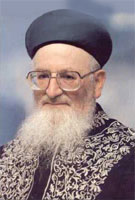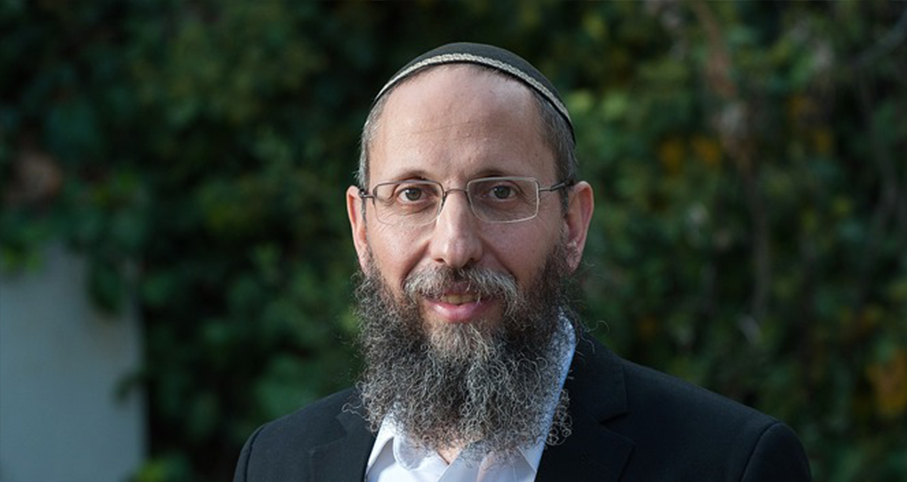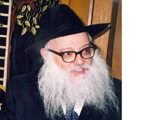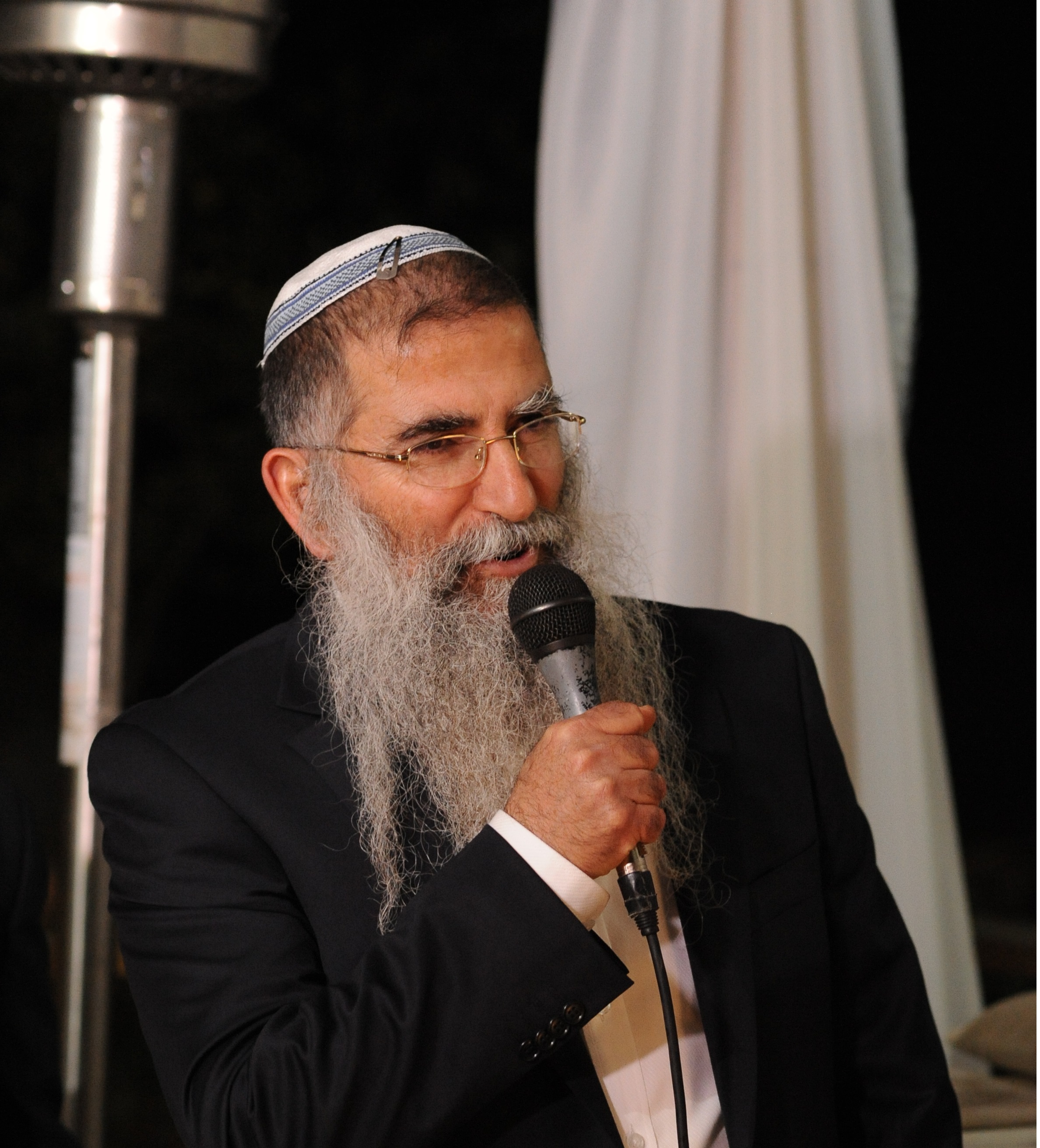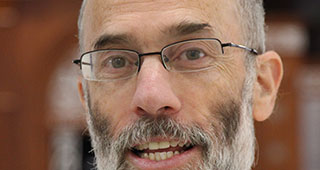Beit Midrash
- Sections
- Chemdat Yamim
- Parashat Hashavua
- Torah Portion and Tanach
- Shmot
- Tetzave
The fire that was lit on the top of the menora (candelabrum) was a testament to the Divine Presence. However, the revelation occurred between the two keruvim (cherubim) on the ark of the covenant in the Holy of Holies, where normally no man may go.
Keruv and rochev (ride) share letters, and both hint at the Chariot upon which Hashem figuratively/spiritually "rides." The Rider of the Chariot is One Who can never be seen. In fact, only the very choicest of the spiritual can see even a vision of the Chariot, and it is strictly forbidden for one who is not on the appropriate, lofty spiritual level to delve into the topic (Chagiga 2:1). In honor of Purim Katan, with the idea of the hidden (hester) on our mind, we will carefully take a small peek.
A chariot that is not tied to a horse is not a functional chariot. In the Purim story, the turning point comes when Achashverosh commanded Haman to lead Mordechai around on the king’s horse. Riding on a royal horse or chariot was always a way of showing the greatest esteem. This was behind Paroh’s honoring Yosef with a special chariot (Bereishit 41:43) and Hashem’s sending a Heavenly chariot and horses of fire to bring Eliyahu up to the Heavens (Melachim II, 2:11).
A flesh and blood Jewish king is commanded to not have too many horses for his chariots, whereas Hashem has special chariots and horses of fire as we will see from another section of Melachim II. The King of Aram tried to seize the prophet Elisha, sending a delegation of troops with cavalry and chariots to capture him in Dotan. Elisha’s assistant panicked, and Elisha prayed to Hashem to show the assistant a vision of the Chariot. When the assistant opened his eyes, he saw the mountain full of horses and chariots of fire to help Elisha (Melachim II, 6:16-17).
In Tanach we find mention of a vision of the Chariot in which angels of fire appear. One was Yeshayahu’s first prophecy (Yeshayahu 6:1-2). Yechezkel also saw the "Holy Beasts" (Yechezkel 1:5) and another time, he saw keruvim (ibid. 10:5). Other prophets saw chariots and horses (Zecharia 6:2).
The midrash tells us that mention of the king in Megillat Esther can refer simultaneously to the human king and hint at the King of the World (Esther Rabba 3:10). We can suggest that the horse Mordechai rode had elements of being "Hashem’s horse." Then, Mordechai experienced something similar to what Eliyahu experienced – to ride a spiritual chariot, go the inner sanctums, and see a vision of keruvim.
On Purim, people dress in disguise; even Hashem and His horses do so. Esther, as well, had to go to an inner sanctum in an officially forbidden manner. To the extent we will follow her instructions to "go and gather all of the Jews" (Esther 4:16) we will debunk the accusation of being a "scattered nation" (ibid. 3:8). When we act as a united nation, with brotherly love, it is our enemies, not we, who must worry.

Parashat Hashavua: From Paroh to Hamas and Iran – In Those Days at this Time
Rabbi Yossef Carmel | Kislev 5786

Parashat Hashavua: “Kings Will Descend from You”
Rabbi Yossef Carmel | Kislev 5786

A Powerful Pasuk, After All!
Rabbi Yossef Carmel | 5774

















